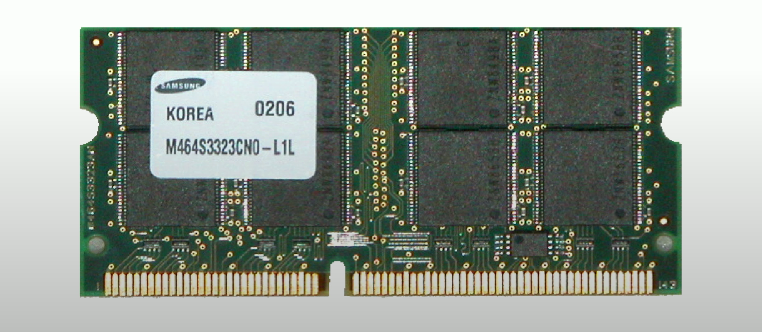3.3a - An Overview of Memory: Professor Messer
1/11
There's no tags or description
Looks like no tags are added yet.
Name | Mastery | Learn | Test | Matching | Spaced |
|---|
No study sessions yet.
12 Terms
Memory
Electrical components that store data and instructions for a computer, allowing the CPU to access and process information quickly.
Random Access Memory (RAM)
Volatile, high-speed temporary storage for loading data/application instructions.
Data and programs in RAM
Can only be used when moved to RAM.
Memory slots
Designed to quickly transfer data from applications to the CPU, impacting system speed.
Synchronous DRAM (SDRAM)
Dynamic RAM that is synchronous with a computer’s system clock, queuing up one process while waiting for another.
Small Outline Dual in-line Memory Module (SO-DIMM)

A type of RAM module that is half the width of a DIMM, used in laptops and mobile devices.
DIMM Memory characteristics
Dynamic/volatile (needs constant refreshing) and random access (any storage location accessible directly).
Dual In-line Memory Module (DIMM)

A memory module with different electrical contacts on each side, typically with a 64-bit data width.
Double Data Rate (DDR)
Type of memory that transfers two bits to/from memory per system clock cycle, with different notches for form factors.
Double Data Rate 3 (DDR3)

Twice the data rate of DDR2, with a maximum RAM of 16 GB per DIMM.
Double Data Rate 4 (DDR4)

Faster frequencies than DDR3, with maximum 64GB data transfer per DIMM.
Double Data Rate 5 (DDR5)
Provides faster data transfers between memory module and motherboard compared to DDR4, with a maximum of 64GB per DIMM.